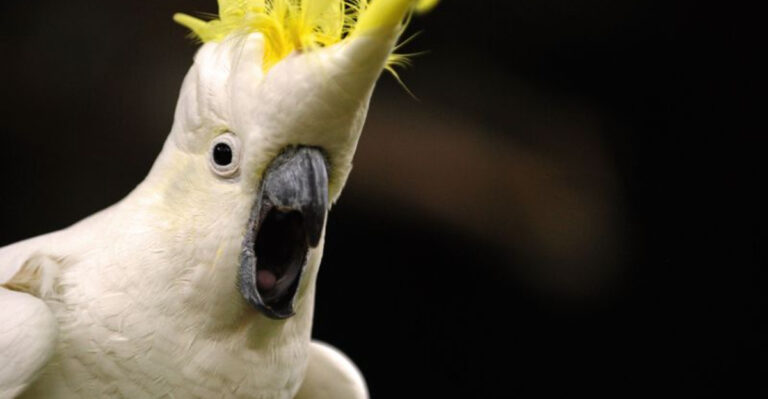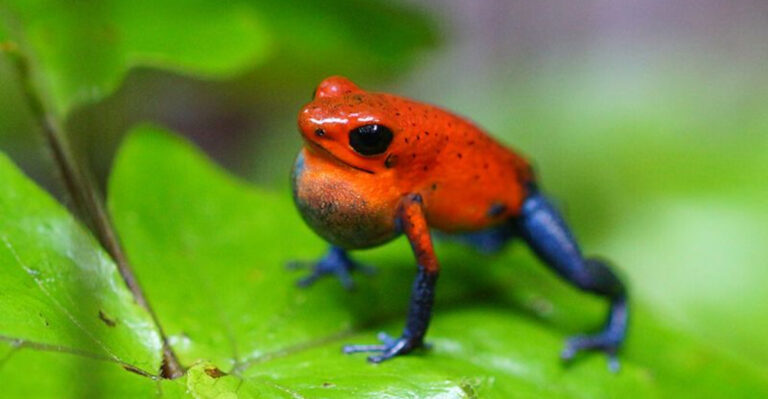The Chameleon Of The Sea: 16 Incredible Facts About The Octopus
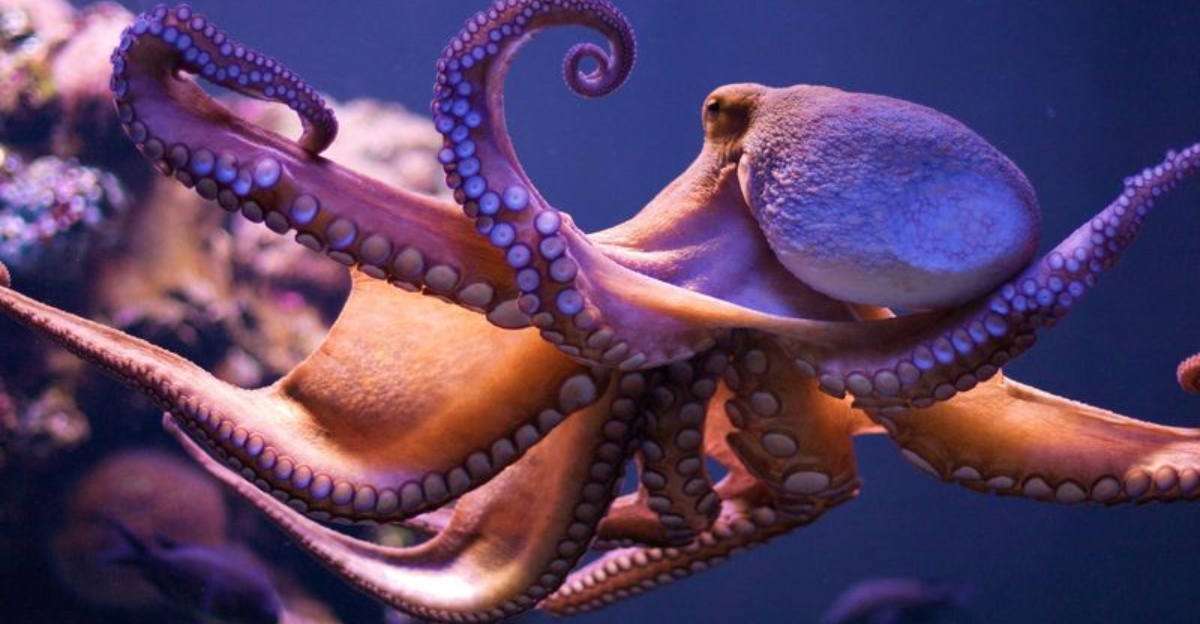
Imagine a creature that can vanish in an instant, transform its appearance, and squeeze through the smallest openings.
Welcome to the world of the octopus! These underwater marvels are more than just masters of disguise.
With a brain in every arm and a penchant for escapism, the octopus is truly one of the ocean’s most fascinating inhabitants.
1. Master Of Camouflage
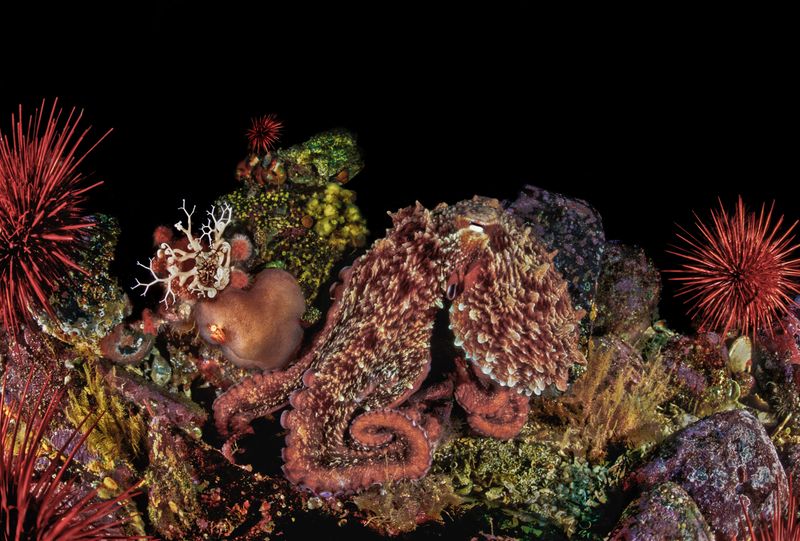
With skin that changes color faster than you can say “colorful coral reef,” the octopus is a true master of disguise. Its pigment cells allow it to match its surroundings seamlessly, turning it almost invisible.
This ability isn’t just for show; it’s a clever way to evade predators. Ever played hide and seek? The octopus wins every time!
It’s as if the ocean provides a cloak for this underwater Houdini, making it one of nature’s most elusive escape artists.
2. Three Hearts Beat
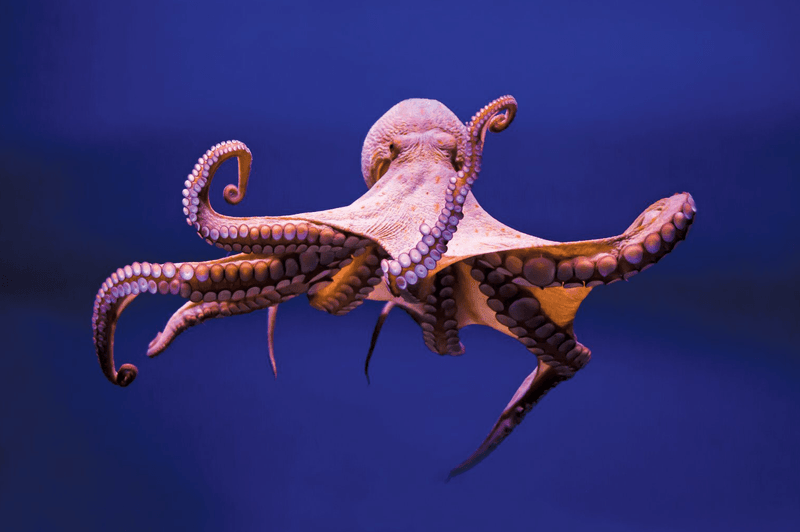
If you think having one heart is complicated, imagine juggling three! The octopus has a trio of hearts working overtime.
Two pump blood to the gills, while the third keeps the rest of its body oxygenated. This unique system ensures they can thrive in deep ocean environments.
When swimming, the main heart actually stops, which is why octopuses prefer crawling along the sea floor. It’s a fascinating circulatory system that keeps this enigmatic creature alive and kicking!
3. Smartest Invertebrate
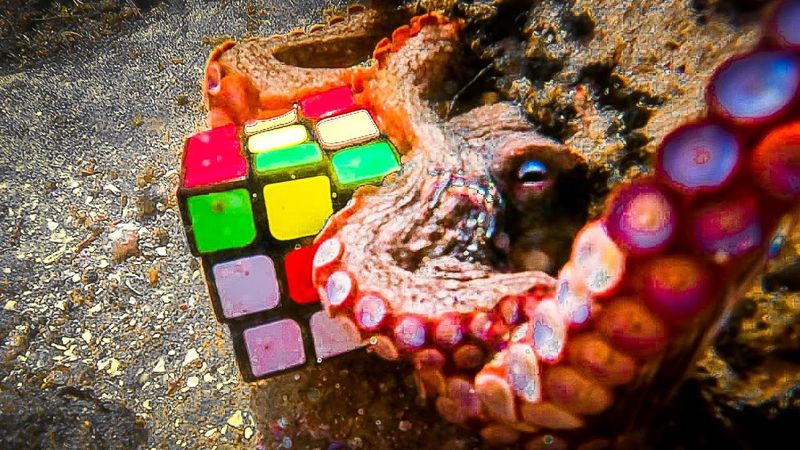
Who needs a backbone to be brainy? The octopus certainly doesn’t! Known for their high intelligence, these creatures can solve puzzles and open jars to retrieve food.
Their problem-solving skills make them the Einsteins of the sea. Imagine an eight-armed mastermind, plotting its next move with uncanny precision.
It’s not just about survival; it’s about outsmarting every obstacle in its path. A testament to their cleverness, octopuses are often found tinkering with toys and experiencing the joy of exploration.
4. Ink Defense Mechanism
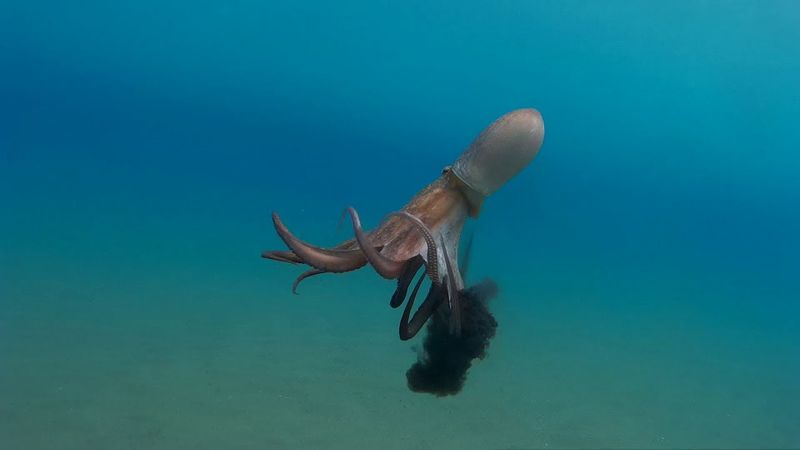
In a pinch, the octopus has a secret weapon up its sleeve—or, rather, its sac. When threatened, it releases a cloud of ink to confuse predators and make a swift getaway.
This inky smoke screen serves as both a decoy and a means of escape. It’s like a magician disappearing in a puff of smoke, leaving potential threats baffled and distracted.
The ink also contains substances that can dull a predator’s sense of smell, adding another layer to its defenses.
5. Flexible Body Structure
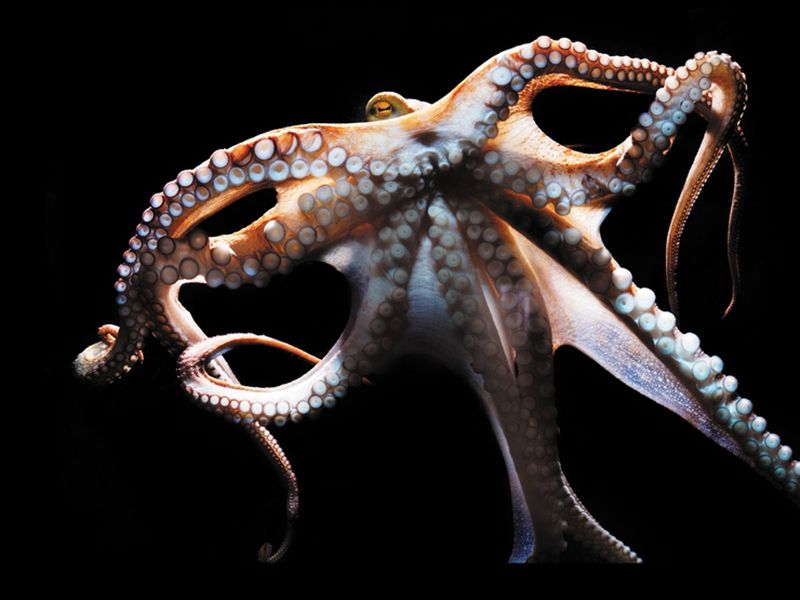
No bones, no problem! The octopus’s boneless body allows it to squeeze through incredibly tight spaces. This adaptability lets it explore nooks and crannies for food or to hide from danger.
Imagine sliding through a keyhole—impossible, right? Not for the octopus! Its soft, malleable form is a marvel of nature.
This ability to contort and squeeze also highlights its intelligence, as it calculates the best routes to navigate its watery world, escaping predators and reaching snacks with ease.
6. Eight Arms of Action
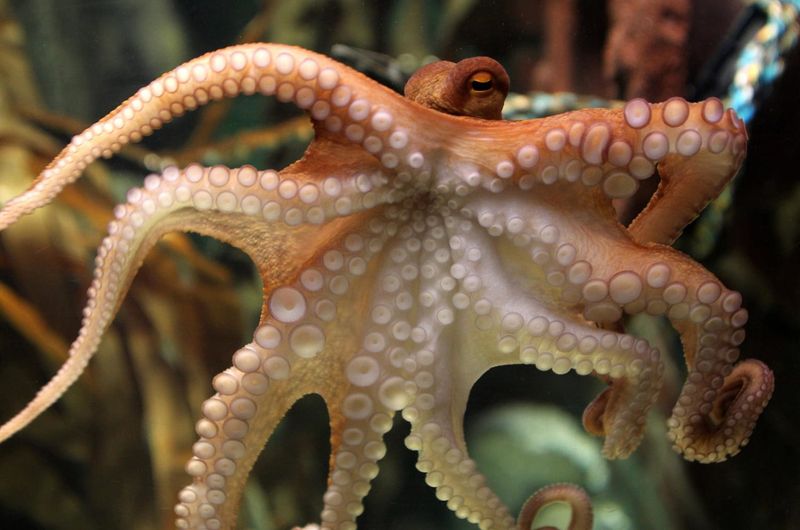
Ever think having more arms could help multitask? The octopus sure knows how handy it is! With eight arms, each lined with sensitive suckers, they’re the ultimate underwater acrobats.
These arms don’t just aid in movement; they’re also key to exploring and interacting with their environment.
Each sucker is like a mini brain, capable of tactile decision-making. Whether opening a shellfish or playing with a human diver, the octopus’s arms are fundamental to its daily adventures.
7. Color-Changing Abilities
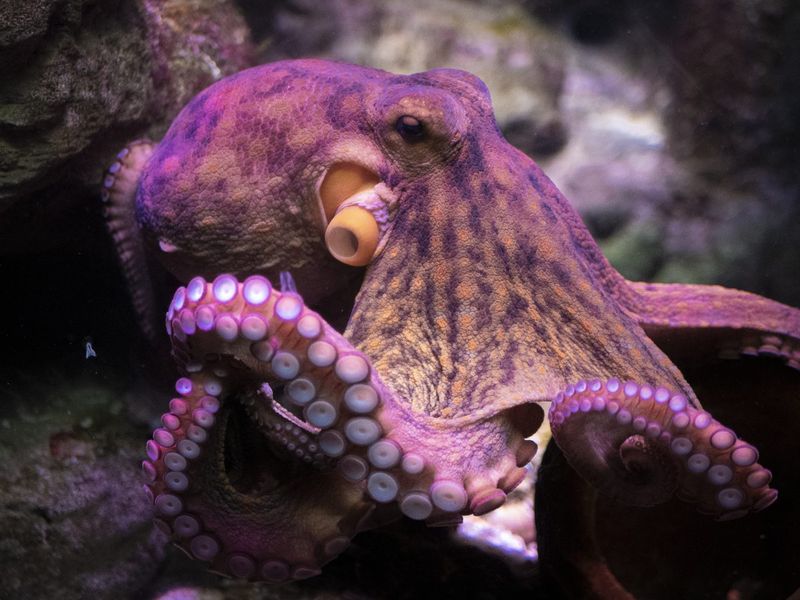
Like a living mood ring, the octopus’s skin reflects its emotions, health, and intentions. By manipulating pigment cells called chromatophores, it can rapidly change color and even texture.
This isn’t just a party trick; it’s crucial for communication and camouflage.
8. Jet-Propulsion Escape
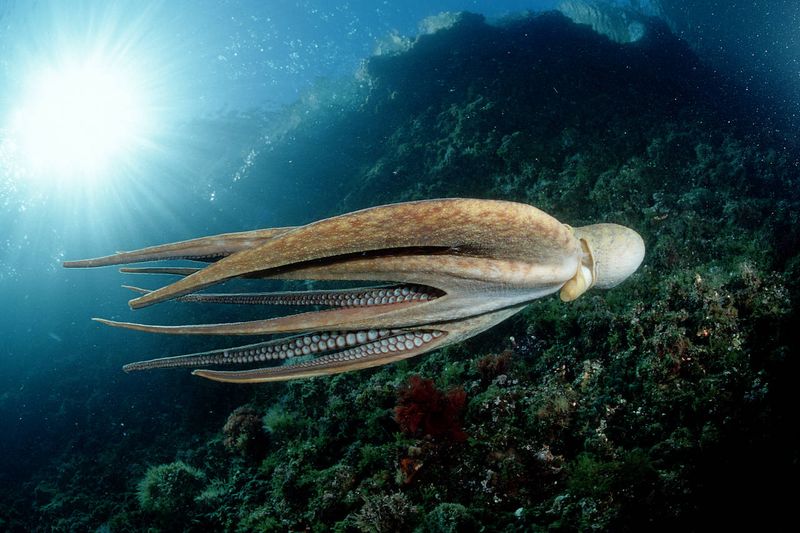
Who needs fins when you’ve got jet propulsion? The octopus takes a leaf out of the rocket science book with its escape technique.
By expelling water forcefully through a siphon, it can dart away from danger at impressive speeds.
It’s like a self-built submarine, navigating the ocean with agility and precision. This method not only helps in avoiding predators but also in catching prey.
The ability to zoom away in the blink of an eye makes the octopus one of the ocean’s most efficient travelers.
9. Regenerative Powers
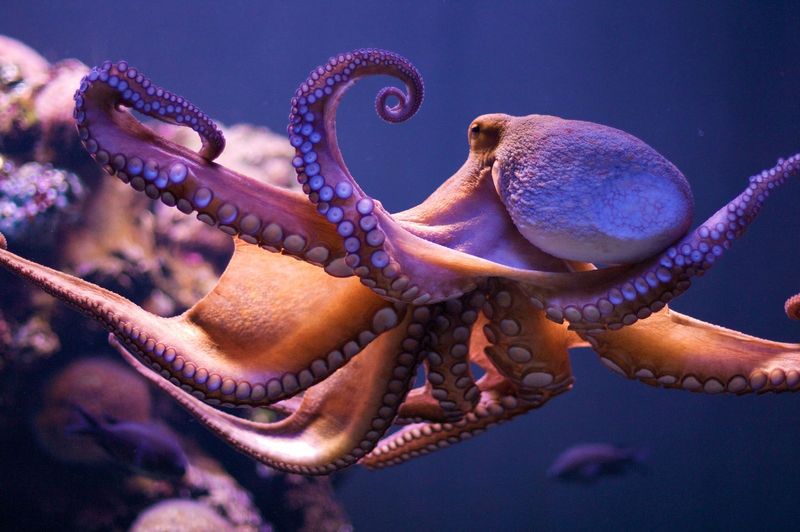
Lost an arm? No worries! The octopus has a superpower many envy: regeneration. If an arm is damaged or lost, it can grow back completely.
This remarkable ability helps it survive encounters with predators. It’s like having a reset button for its limbs!
Regeneration isn’t just about survival; it opens up opportunities for exploration, as it doesn’t have to fear permanent loss.
Each new arm grows with full functionality, ensuring the octopus remains adept and agile.
10. Nighttime Hunter
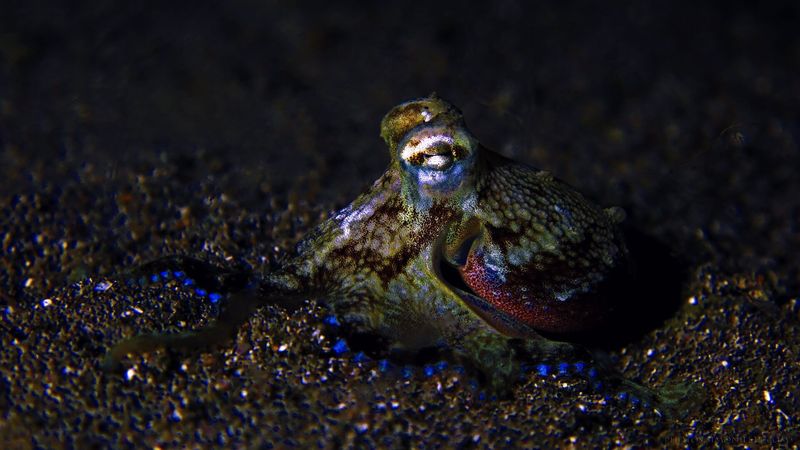
As the sun sets, the octopus’s world comes alive. A natural nocturnal hunter, it prowls the ocean floor under the cover of darkness.
Using its keen sense of touch and suction-cup-lined arms, it catches unsuspecting prey. Like a shadow moving silently in the night, the octopus is a master of stealth.
This nighttime activity means it often avoids competing with diurnal predators, giving it an edge in the aquatic food chain. It’s the ultimate evening escapade!
11. Unique Nervous System
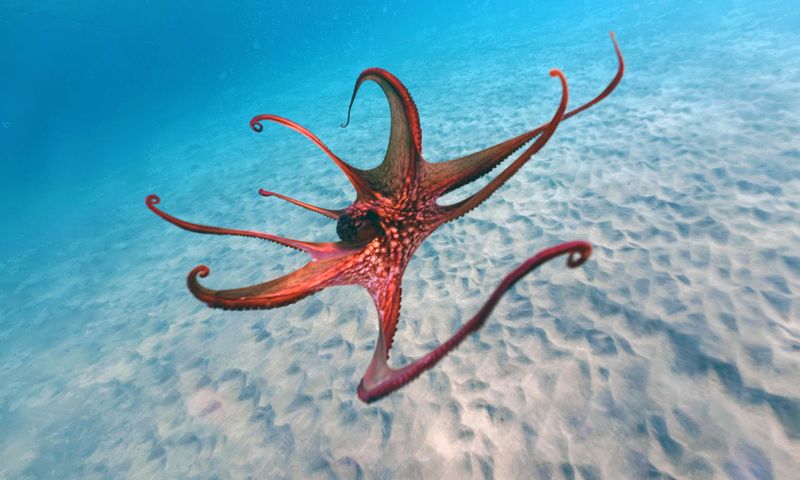
Forget the centralized nervous systems we’re used to; the octopus is wired differently. With two-thirds of its neurons in its arms, each limb can operate semi-independently.
It’s like having eight mini-brains working in tandem! This decentralized system allows for complex movements and multitasking.
Imagine your arms acting on their own while you think about dinner plans. The octopus’s unique setup not only aids in hunting and escaping but also in exploring and interacting with its environment.
12. Giant Pacific Octopus
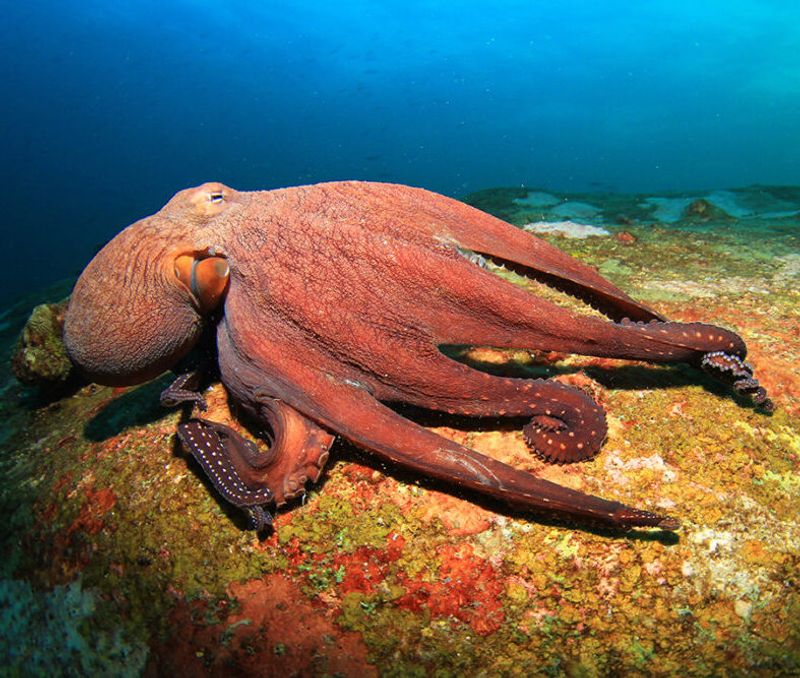
Meet the giant of the octopus world—the aptly named Giant Pacific Octopus. Growing up to 16 feet across and weighing over 100 pounds, it’s the largest of its kind.
Its impressive size doesn’t hinder its agility or intelligence. Imagine a creature as big as a small car, yet able to fit through openings the size of a grapefruit.
Their size and power make them formidable hunters, yet they remain gentle giants of the deep, fascinating observers and researchers alike.
13. Short-Lived, Yet Impactful
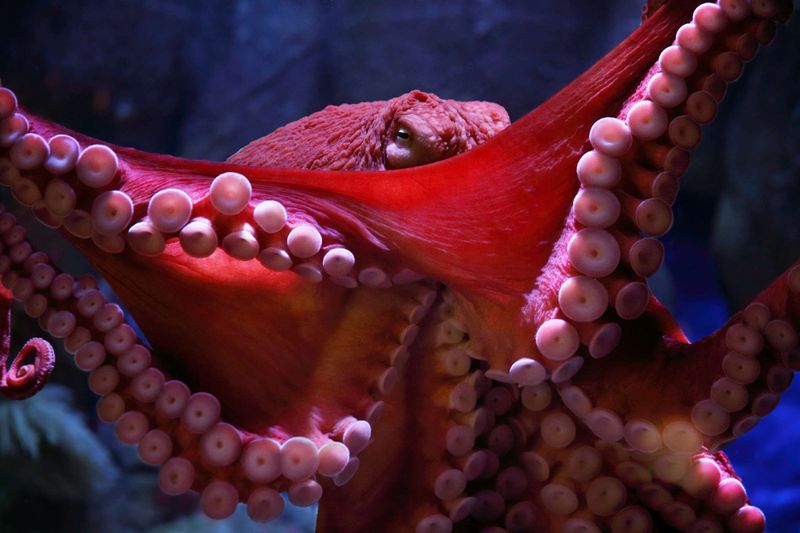
Life in the fast lane takes on new meaning for the octopus, with most species living only 1-2 years. Despite their short lives, their impact on the marine ecosystem is significant.
These cephalopods reproduce in large numbers, ensuring species survival even with high mortality rates. Imagine packing a lifetime of experiences into such a brief period.
Their fleeting existence is filled with exploration, learning, and adaptation, leaving a lasting impression on both their environment and those who study them.
14. Elusive Blue-Ringed Octopus
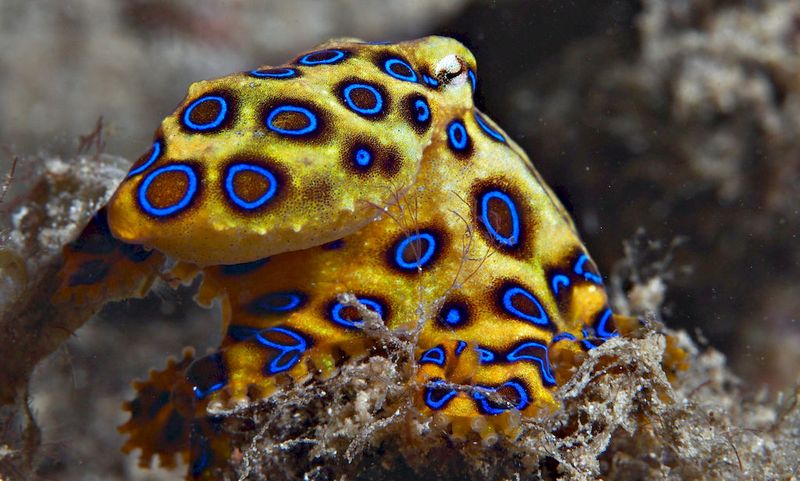
Tiny but mighty, the blue-ringed octopus is a creature of beauty and danger. Its vibrant blue rings are a stark warning of its venomous nature.
Found in the Pacific and Indian Oceans, these small octopuses pack a powerful punch with venom potent enough to harm humans.
Despite their size, they’re one of the ocean’s most dangerous animals.
15. Octopus Gardens
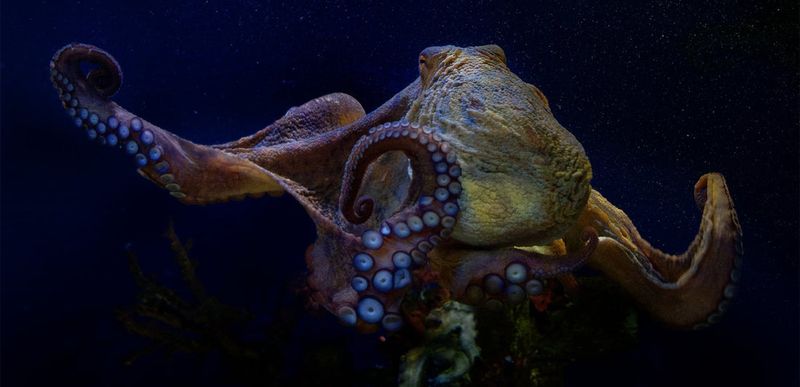
Not content with just inhabiting the ocean, octopuses are known to create their own homes, often referred to as “octopus gardens.”
Using rocks, shells, and other materials, they craft elaborate dens. This behavior isn’t just about shelter; it’s a display of intelligence and resourcefulness.
Imagine creating your own little world under the sea! These gardens protect them from predators and provide a safe space for their eggs. A true testament to the octopus’s ingenuity and adaptability.
16. Mimic Octopus
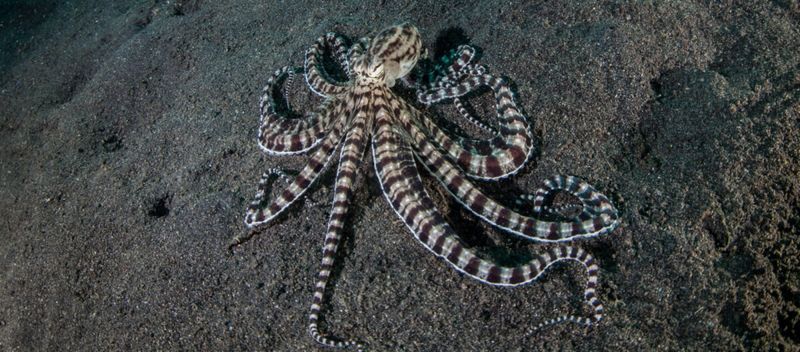
Ever wish you could be someone else? The mimic octopus takes this to the next level.
Found in the Indo-Pacific, it can imitate the appearance and movements of other marine animals, like lionfish, flatfish, and sea snakes.
This shape-shifting ability confuses predators and helps it blend into its environment seamlessly.
As it glides along the ocean floor, it transforms effortlessly, a true performer in the marine theater.

